THE GREVY’S ZEBRA SAFARI
GREVY’S ZEBRA SAFARI
The Grevy’s zebra (Equus grevyi) is a large and striking species of zebra native to the arid regions of eastern Africa, particularly Kenya and Ethiopia. Here are some key facts about Grevy’s zebras:
- Appearance: Grevy’s zebras are the largest species of zebra, with males reaching up to 1.5 to 1.6 meters (5 to 5.3 feet) tall at the shoulder and weighing around 450 to 500 kilograms (990 to 1,100 pounds). They have a unique and distinct appearance with narrow, closely spaced stripes that extend from the head to the hooves. Their stripes are thinner and more numerous than those of other zebra species, and they have a white belly and a black dorsal stripe that runs down their back.
- Habitat: Grevy’s zebras primarily inhabit semi-arid grasslands, savannas, and scrublands. They are specially adapted to survive in dry environments and can go for long periods without water by obtaining moisture from their food.
- Social Structure: Grevy’s zebras are generally solitary animals, although they occasionally form small family groups or bachelor herds. Unlike other zebras, they do not form large, cohesive herds. Males establish territories, which they defend from other males.
- Diet: Grevy’s zebras are herbivores and primarily feed on grasses, as well as leaves, bark, and stems of shrubs and trees during the dry season when grass is scarce. They have elongated faces and lips, which allow them to graze on taller grasses compared to other equids.
- Endangered Status: Grevy’s zebras are listed as endangered on the IUCN Red List of Threatened Species. The population of Grevy’s zebras has significantly declined over the years due to habitat loss, competition for resources with livestock, hunting for their skins, and disease outbreaks. As of the latest estimates, there are believed to be fewer than 3,000 Grevy’s zebras left in the wild.
- Conservation Efforts: Conservation organizations and governments have implemented various measures to protect and conserve Grevy’s zebras. These include the establishment of protected areas, community-based conservation initiatives, anti-poaching efforts, and raising awareness about the importance of conserving this species and its habitat.
Grevy’s zebras are not only fascinating creatures but also play a crucial role in the ecosystems they inhabit. Efforts to safeguard their future are essential for preserving the biodiversity and natural heritage of eastern Africa.
Tour Plan
Pick up from a Nairobi hotel for a morning drive through ever changing landscapes to the dry and remote Northern country of Samburu. Lunch stop and cross the Equator en route. Late afternoon game drive in the reserve. Spend the next two nights at Samburu Sopa Lodge or similar.
Morning and afternoon game viewing at Samburu/Buffalo Springs reserve. This dramatically beautiful area of arid bush country is brought to life by the Uaso Nyiro River on which the wildlife depend. It’s unique and compelling features are the stunning landscapes and unusual species of animal such as the handsome Oryx, long-necked gerenuk, reticulated giraffe, grevy’s zebra and Kudu. Along the river trails, marked by ancient doum palms, lions, elephants, leopards, buffalos, hippos and crocodiles may be found.
Morning drive up to the highlands, past the peaks of Mount Kenya and on to the Aberdare mountains. Overnight at The Ark or Rhinowatch Safari lodge. The Ark is a rustic forest lodge deep inside Aberdares Park where guests can relax in comfort while observing the animals gather to drink at the floodlit waterhole in front of the lodge. Rhinowatch is a homely lodge with a mixture of tented bedrooms and chalets located close by to Solio ranch, one of the best places to see Rhino.
Morning drive via Thomson’s falls into the Rift valley and on to Lake Nakuru National park. Lunch and afternoon game drive beside the lake, seasonal home to over 450 bird species including great flocks of Flamingos lining the shore. Overnight at a lodge or camp near the lake.
A morning drive of great scenic beauty and contrast, crossing the Rift Valley en route to the Masai Mara, Kenya’s most spectacular game reserve. Lunch at a lodge and afternoon game drive at the Mara Reserve. Spend the next two nights at a lodge or camp at the Masai Mara.
Morning and afternoon game drives at the Masai Mara. Elephant and Buffalo abound in the riverine forests, while out on the grasslands Impala and Thompson’s gazelle can be seen together with their attendant predators such as lions, Cheetahs, Hyenas and Jackals. The Mara is, in fact, the northern part of the Serengeti ecosystem and plays host to vast herds of migratory wildebeest and zebra during the months of July to October. Lesser known species such as topi, hartebeest, waterbuck Eland and many small mammals create a kaleidoscopic picture of wildlife.
After breakfast drive back to Nairobi where the tour ends.
Reviews
There are no reviews yet.

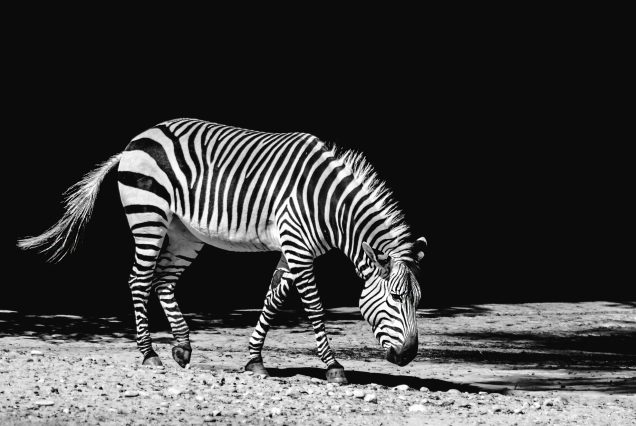
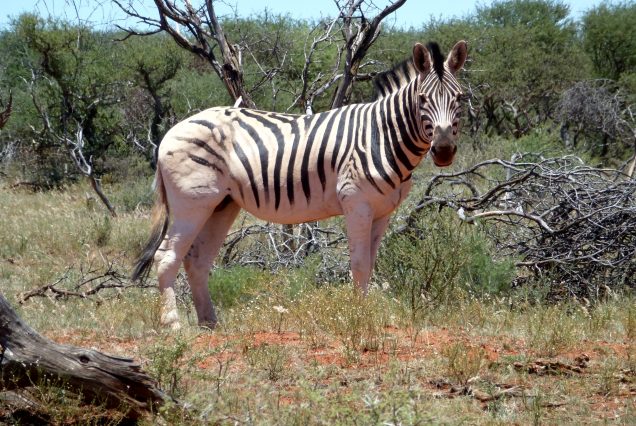
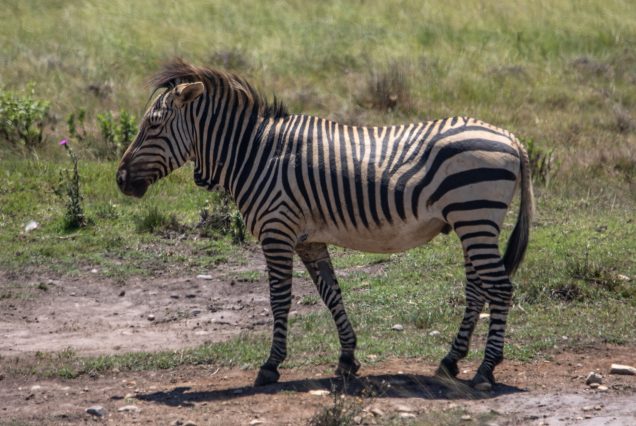
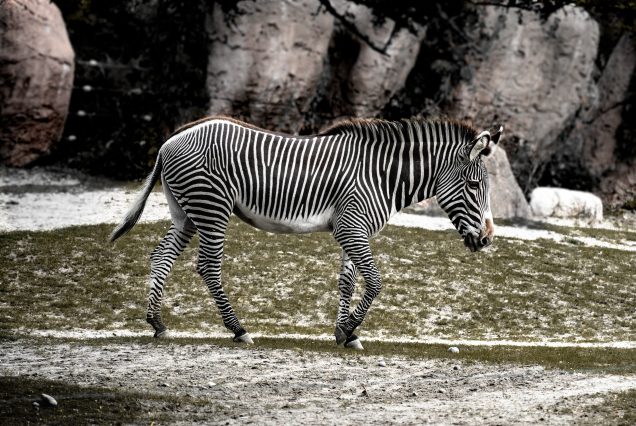
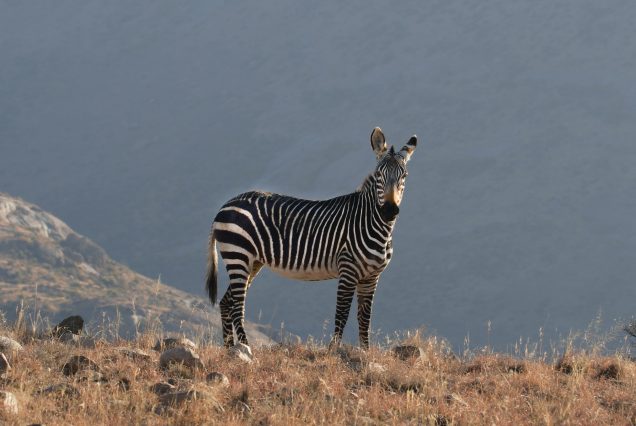
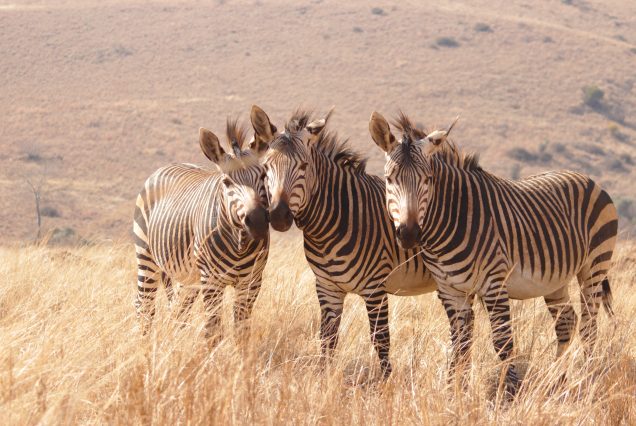
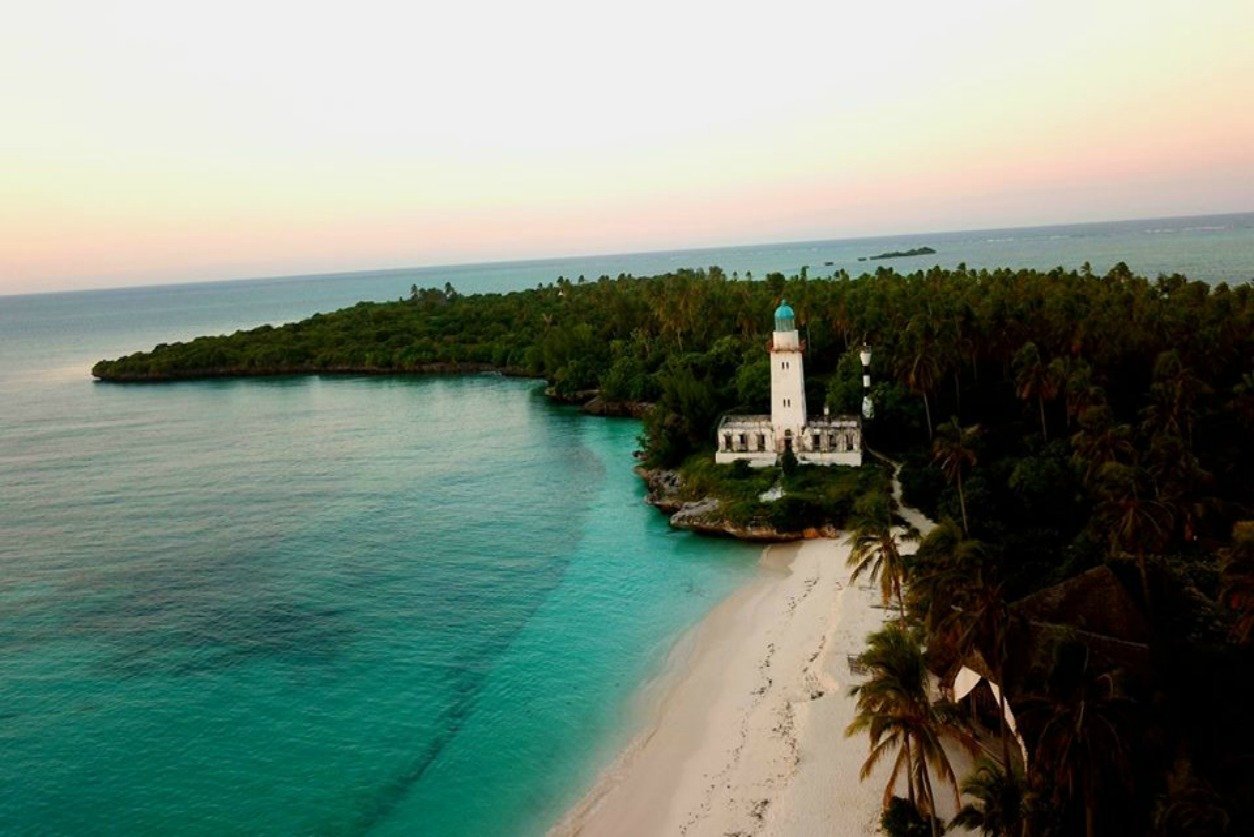
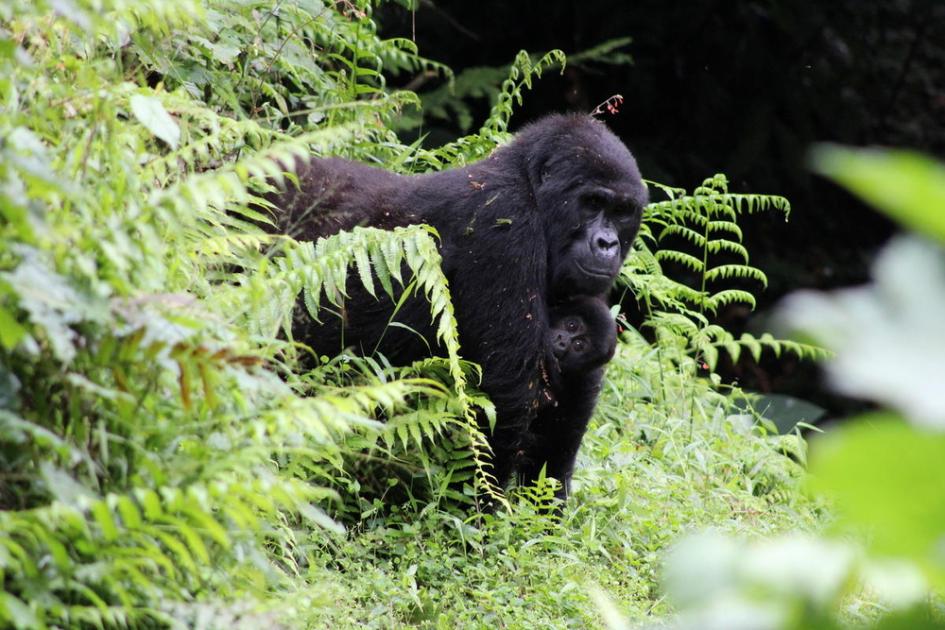

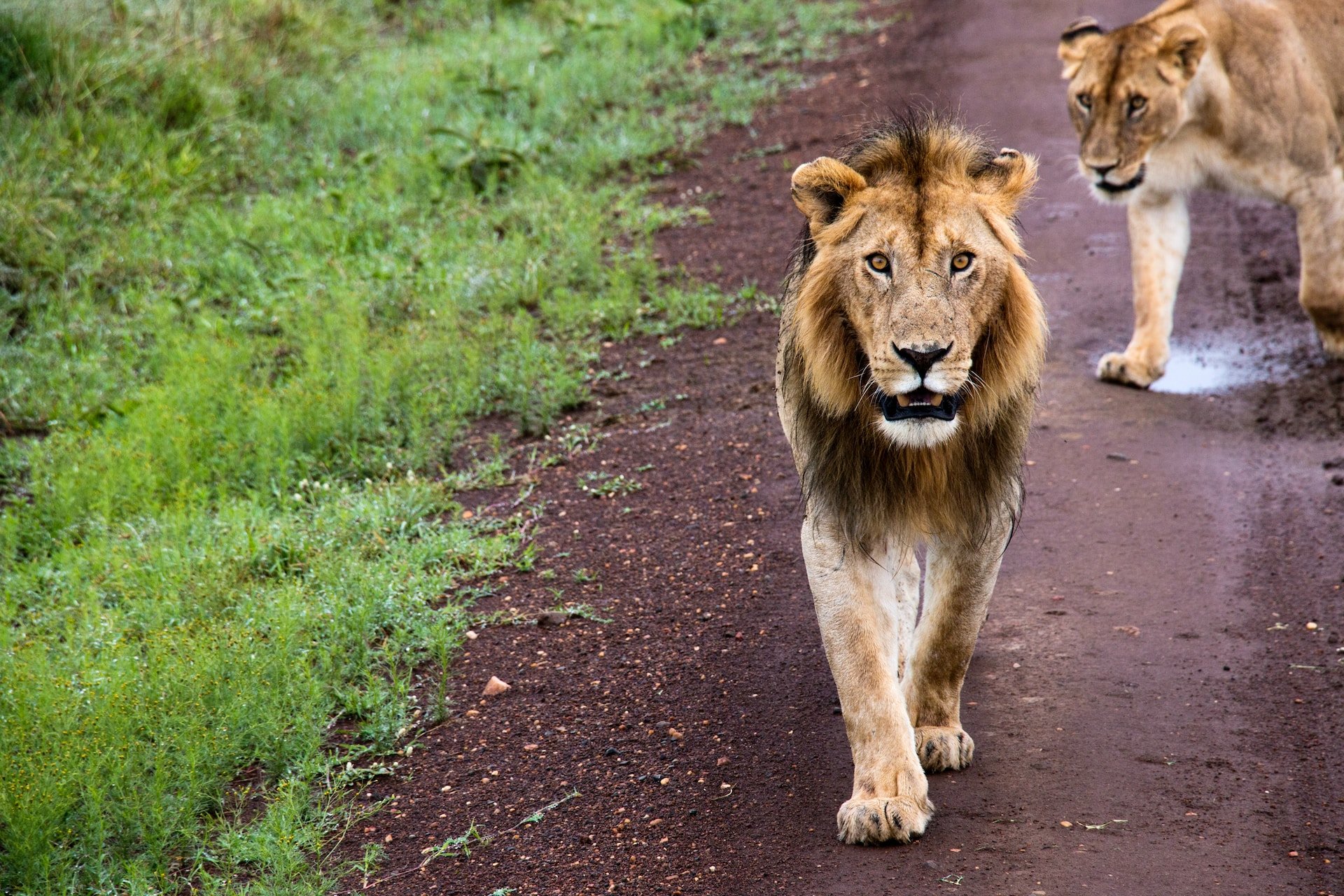
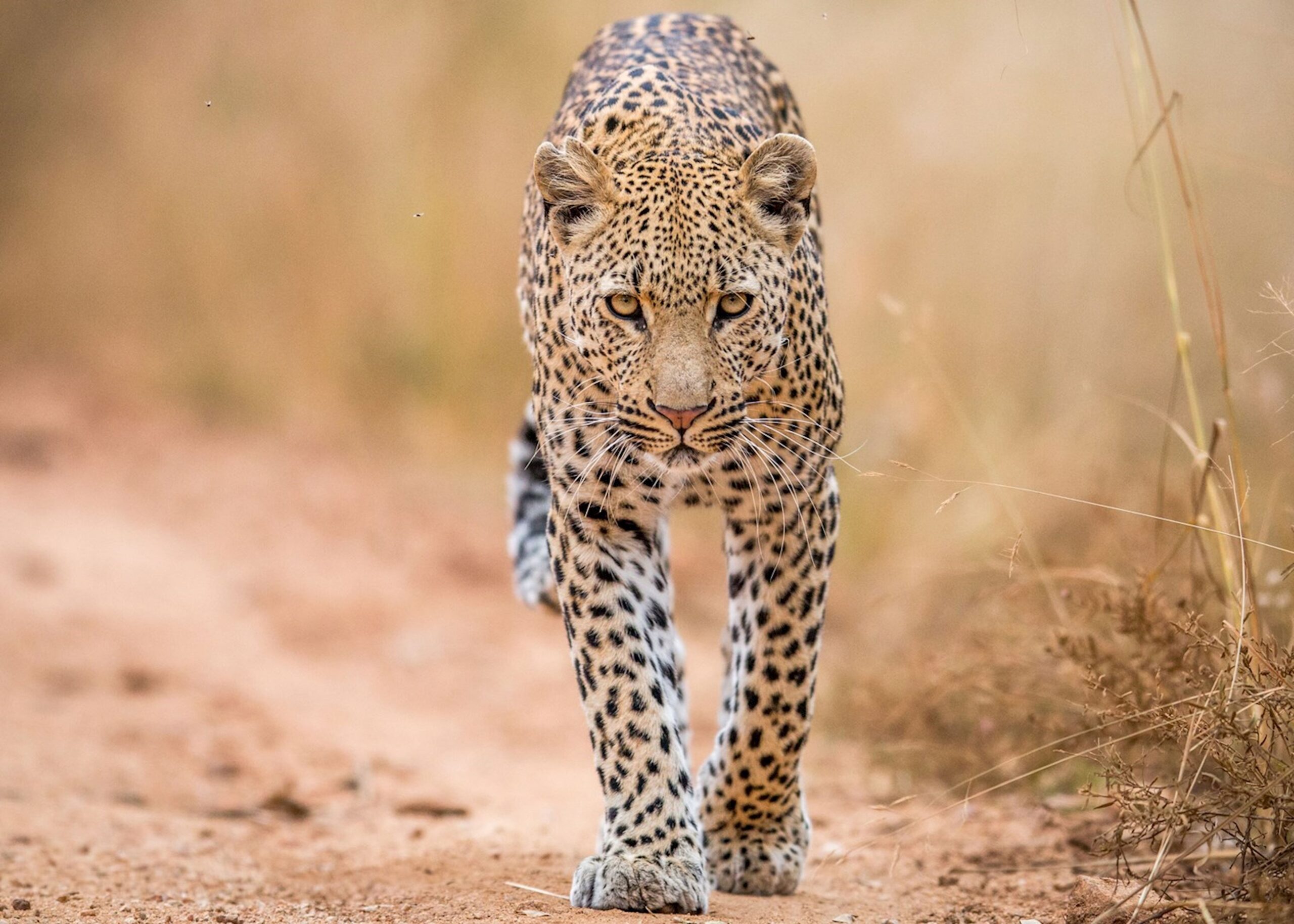





Be the first to review “THE GREVY’S ZEBRA SAFARI”